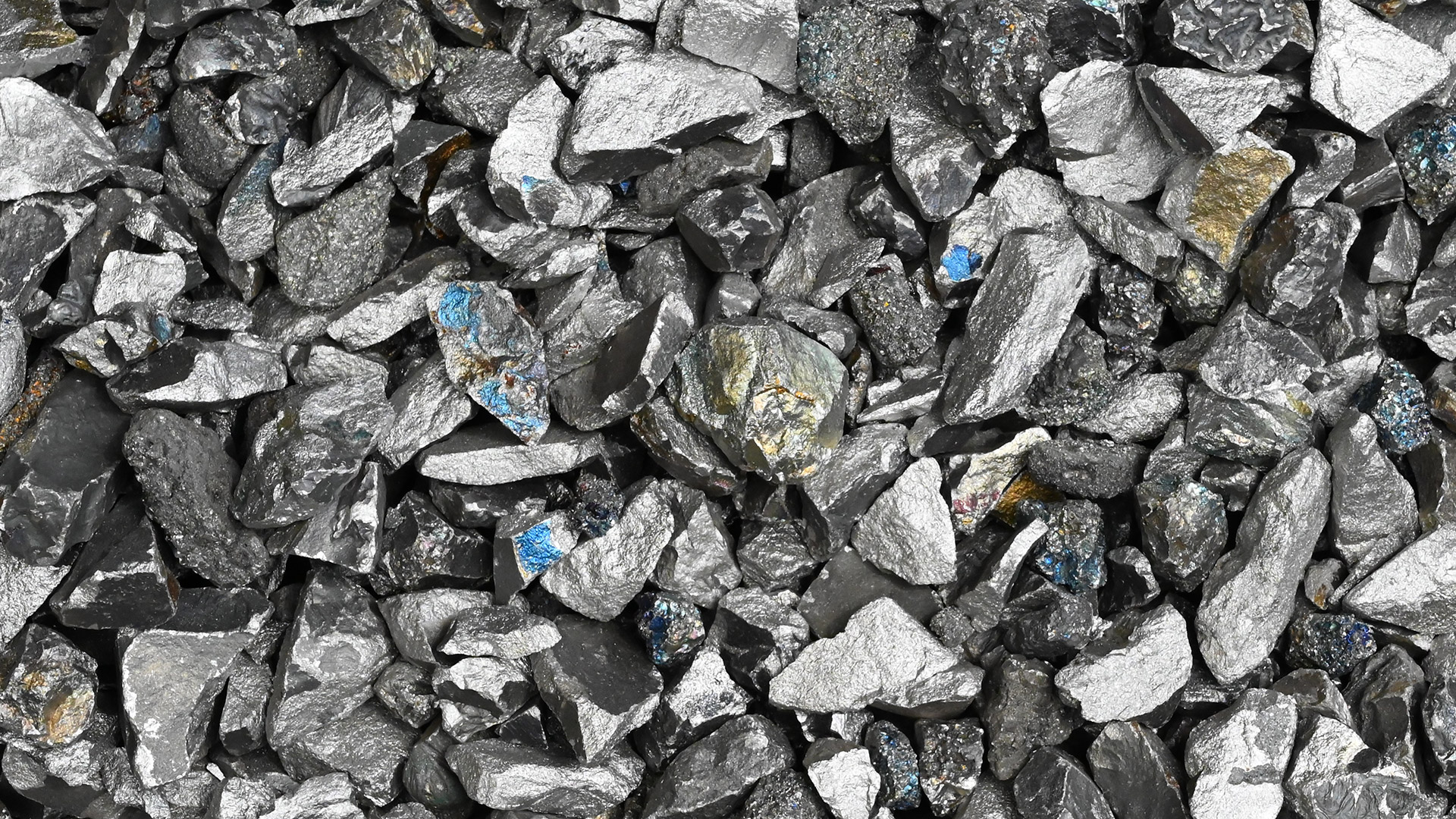BAKU, Azerbaijan, August 3. Kazakhstan’s manganese production and reserves are included in the Eni World Energy Review 2025, with output figures varying across reported years and reserves remaining unchanged through 2023.
Data obtained by Trend from the review presents both production and reserve data for the period from 2015 to 2024. Figures for some years remain unavailable in the dataset.
| Year | Production (thousand metric tons) | Reserves (thousand metric tons) |
|---|---|---|
| 2010 | — | — |
| 2015 | 222 | 5,000 |
| 2019 | 140 | 5,000 |
| 2020 | 158 | 5,000 |
| 2021 | 90 | 5,000 |
| 2022 | 129 | 5,000 |
| 2023 | 130 | 5,000 |
| 2024 | — | — |
Kazakhstan's manganese output has undergone significant
volatility, showcasing a steep descent from 222,000 metric tons in
2015 to a mere 90 metric tons in 2021, followed by a rebound to
130,000 metric tons by 2023. These transitions may signify
fluctuations in endogenous consumption patterns, international
market oscillations, or strategic recalibrations within the
extractive industry.
Notwithstanding the fluctuations in output metrics, the nation’s
manganese reserves have been persistently documented at a stable
5,000 metric tons from the fiscal year 2015 through to 2023. This
indicates that Kazakhstan upholds a significant long-term resource
reservoir; however, recent data deficiencies—especially for the
year 2024—introduce ambiguity regarding the prevailing production
trajectory.
Over the decades subsequent to its inception in 1953, Eni has engaged in a multitude of sectors encompassing contracting, nuclear energy, power generation, mineral extraction, chemical processing, polymer production, refining and distribution apparatus, the hospitality domain, as well as the textile sector and media dissemination.







